Rich and aromatic – your cup of tea! That comforting brew that starts the day for two-thirds of the world’s population.
It is a ritual for most people to brew leaves and leaf buds of the tea plant, Camellia sinensis by steeping them in freshly boiled water. Just the image of a teapot with a teacup or two symbolizes relaxation and refreshment.
Although we can’t get enough of our favourite cuppa, it’s interesting to know that altogether there are six types of tea which include green tea, Wulong (oolong) tea, white tea, black tea, puer (pu-erh) tea, and dark tea. The herbal teas do not come from the traditional tea plant but Irrespective of the type of tea which is your favourite, tea brings companionship and comfort in each happy sip.
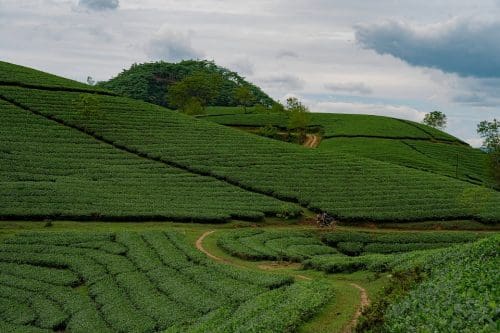
Tea is a worldwide phenomenon and just about every country, from India to Argentina to Malaysia, has its own way of consuming it. From the rich flavorful tea leaves from Darjeeling to the vibrant mint leaves of Morocco, discover the exciting destinations behind the drinks. Much like wine, different terrains and altitudes not to mention rain and the region, affect the taste and characteristics of tea ..full-bodied, brisk, earthy, soft, delicate, soft, and fruity characteristics.
With 44% of Indian travellers keen to try the best places for food and drink on their next trip, it is the perfect excuse to travel to locations naturally steeped in history and beauty.
Darjeeling, India
Darjeeling – the land of tea gardens! The Darjeeling district of West Bengal is known for its plethora of tea gardens, with over 80 stretching across acres of land. Located in the foothills of the mountains, the emerald-green Darjeeling Tea Garden produces tea with such an intense aroma and spicy flavour, that it’s often referred to as the ‘champagne of teas.’
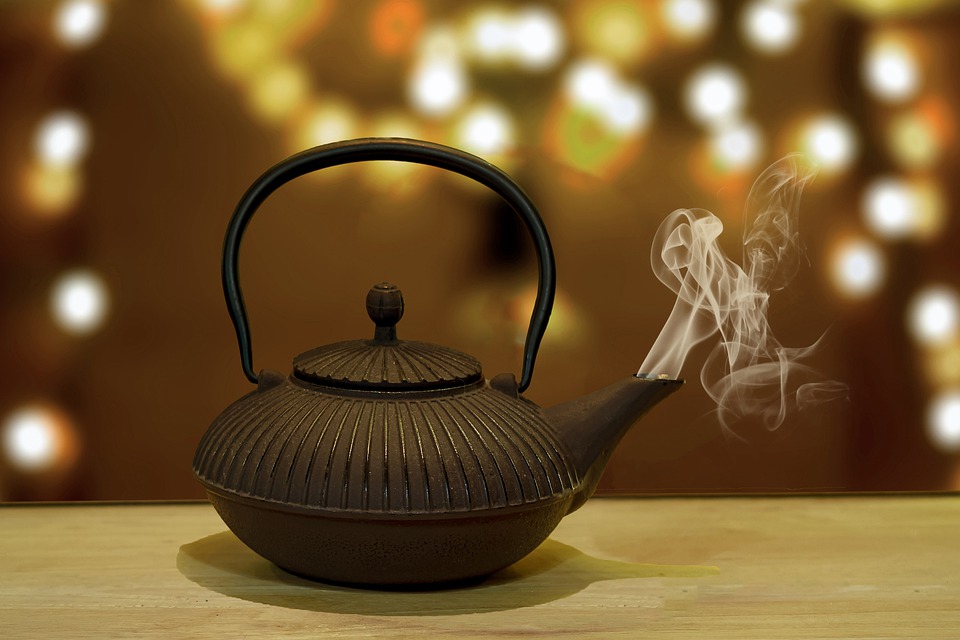
Visitors get their best experience at tea bungalows which are old-world and often colonial in ambiance to explore the tea gardens, the hills, and the misty mornings not to forget the trekking and golf available.
When visitors aren’t admiring the majestic Khangchendzonga, the world’s third-highest mountain, they can visit Buddhist monasteries and take a ride on the 140-year-old stream Darjeeling Himalayan Railway.
Kollukkumallay, Kerala – the highest tea garden in India
The highest tea garden in India is worth a visit. Beautifully located in steep and rugged terrain, Kolukkumalai in Munnar, Kerala is situated at 7900 ft. Due to its height and terrain, you can reach it by jeep, take a round of the sprawling estate including a wonderful tour of its factory and check out the tea varieties. From this vantage point, you can get an excellent view of the far-off plains, the green rolling acres of the tea plantation, and the surrounding hills shrouded in mist.
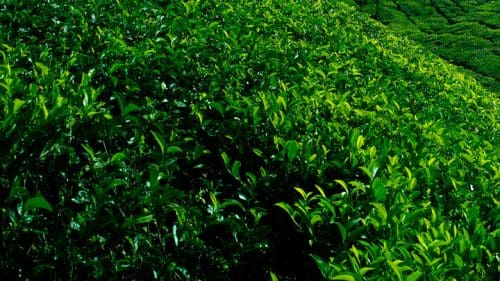
At the tea tasting centre, enjoy the special flavours of Broken Orange Pekoe (BOP) and the Flowery Orange Pekoe (FOP) for your cuppa. In fact, the tea factory has enormous charm as it was built in 1930 and its wooden interiors bring in another age and time. Tea here in Kerala is also processed in the traditional way, which is a joy for tea lovers.
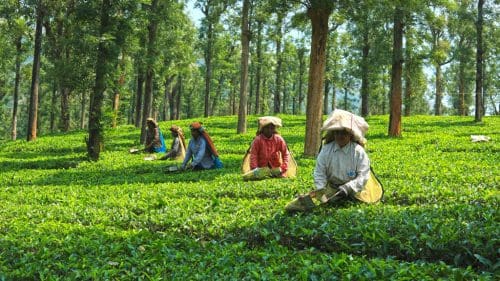
Kolukkumalai is around 38 km from Munnar town which in itself is intrinsically linked to tea as it is a part of its history and culture. Tata Tea set up a Tea Museum at the Nallathanni Estate in 2005 which contains exhibits of photographs and types of machinery, chronicling the history of tea in the region.
Jorhat Tea Bungalows, Assam
Assuming there’s one thing that Assam is known for other than its nature’s excellence, it is the tea estates here. It is the Tea Capital of the World, and you can’t pass by the state without visiting the Jorhat Tea Bungalows. It will just add more flavours to your vacation.
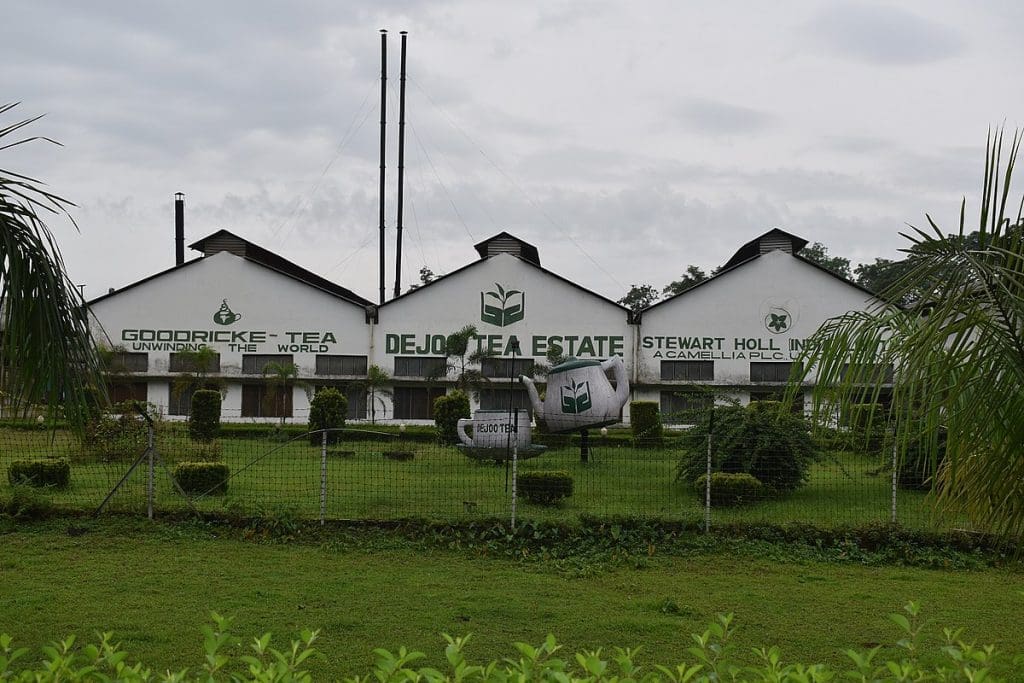
Assam tea is, for the most part, collected twice – the primary flush i.e. first season begins in March. The subsequent flush, collected later in the season begins from May to June. The tea created in the subsequent flush season is maltier, better, and all the more full-bodied and is by and large viewed as better than the principal flush tea. For the most part, tea creation goes on till the end of November and is known as pre-winter flush.
Nilgiris Tea Plantation, Tamil Nadu
Home to one of the best tea estates in India, Nilgiris Hills in Tamil Nadu is about a thousand years old. The tea here is dim, solid, and very aromatic. A scrumptiously fragrant and flawlessly sweet-smelling tea, with sensitive botanical notes and brilliant yellow tones will make you feel freshly energetic. The peaceful Toda clan of these tea gardens helps in making this fragrant cup of tea. Nilgiri tea has a somewhat fruity, minty flavour, possibly because trees like the Blue Gum and Eucalyptus populate the locale.
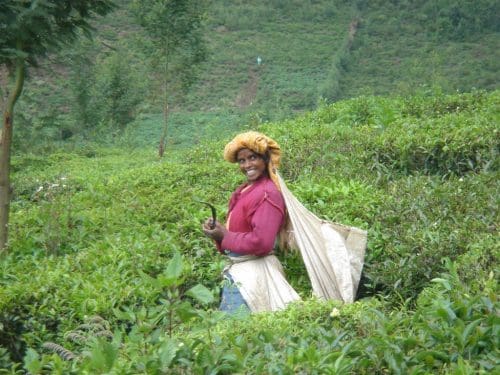
The wonderful mix of flavours and body makes Nilgiri tea a ‘blender’s fantasy’. The Nilgiri Hills of Tamil Nadu otherwise known as the ‘Blue Mountains’ have experienced the impact of both southwest and northeast rains; a reason why the tea leaves here are culled around the year. Also, maybe the flavours created by the tea gardens themselves give the light mix its liveliness.
Harrogate, United Kingdom
English breakfast tea is a British staple, which has expanded over the years to include a variety of brews including decaf and gold standard. The quaint spa town of Harrogate is home to one of the UK’s most popular Yorkshire tea brands, where it blends tea leaves from Assam and East Africa to create unique combinations bursting with flavour.
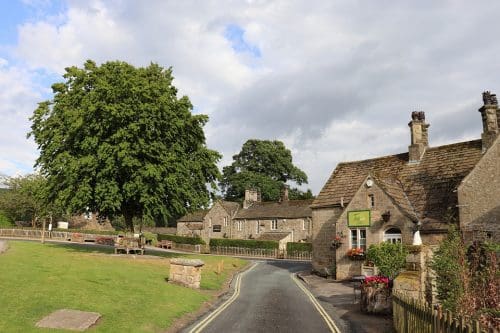
Take a trip to the nearby city of York and enjoy a delightful Afternoon Tea Boat Cruise along the picturesque River Ouse, where visitors will discover the city’s medieval history. Iconic sites include York Minster, one of the largest and most beautiful Gothic cathedrals in the world.
Stop by at the traditional tearooms in the market towns throughout the District. After a day of sightseeing, be it historic castles, mansions, gardens, or lush landscapes take a break over a freshly brewed cup of tea along with freshly baked cakes and pastries.
Meknes, Morocco
Morocco’s ancient imperial city of Meknes is replete with stunning architecture. Explore the old quarter, Meknes’ Medina which dates back to the 11th century and is now a UNESCO World Heritage Site. The magnificent architecture here reflects the Spanish-Moorish style, which was enjoyed by the sultans of the 17th century.
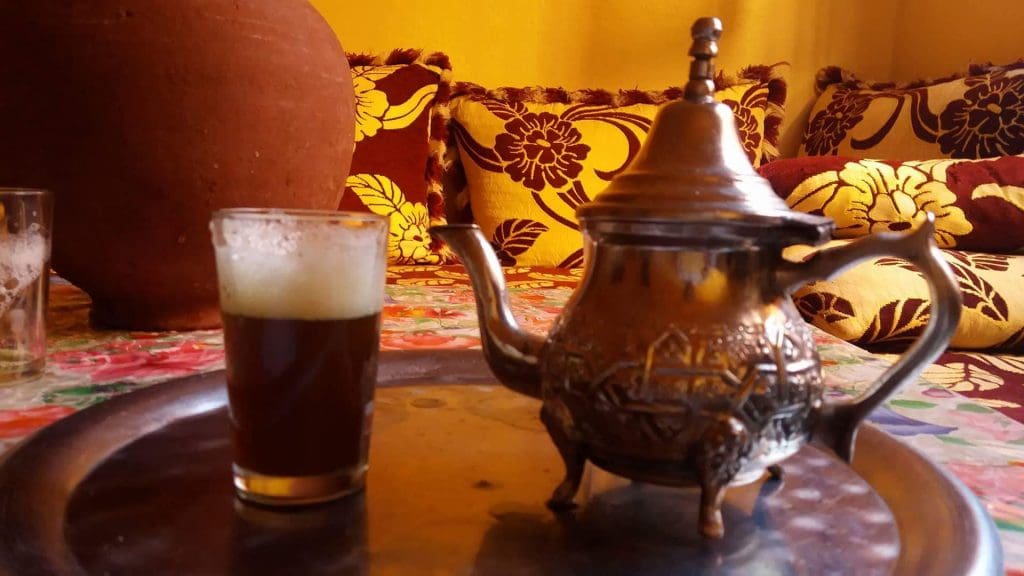
Meander around the old town to discover everything from specialist souks selling beautiful crafts and textiles to teahouses in secret courtyards and even the odd donkey strolling around. Enjoy sightseeing and shopping in the souks after which it’s time to unwind with that delicious Moroccan mint tea. You will find café-cum-teahouses which can be simple alfresco shops or traditionally decorated tea shops with colorful tiles.
Refreshing mint tea is the national drink of choice in Morocco. Various blends are made across the country, but the vibrant mint leaves from the scenic hilltop city of Meknes are said to be the best.
Misiones, Argentina
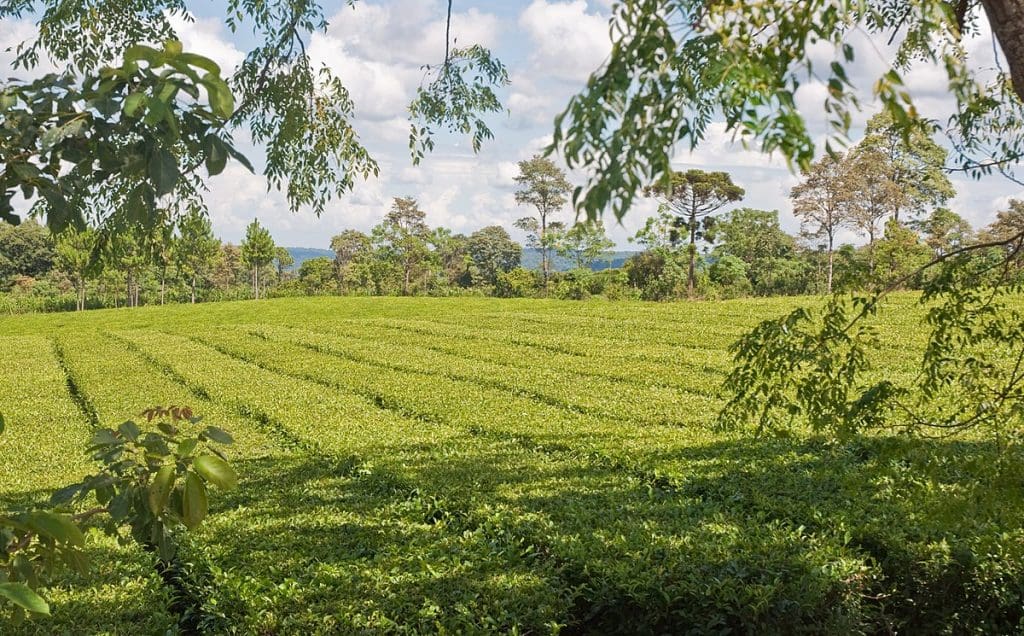
Said to have the strength of coffee, the health benefits of tea, and the joy of chocolate, the herbal tea Yerba Mate is Argentina’s national drink and is enjoyed for its energy-boosting qualities.
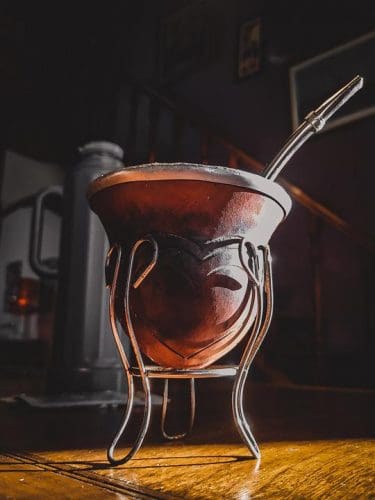
The leaves are grown in the rich rainforests of the northeastern province of Misiones, famed for its red earth and papaya fields. Within Misiones lies the Iguazú National Park, home to the magical Iguazú Falls – the world’s largest waterfall – where visitors can spot bright-billed toucans and colourful butterflies.
Cameron Highlands, Malaysia
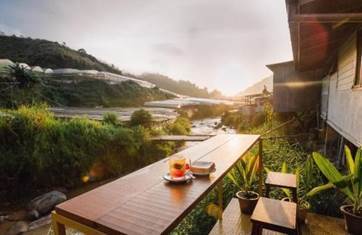
Steeped in rich tea-making traditions, the Cameron Highlands in Malaysia is renowned for its impressive emerald tea estates and exquisite mountain views.
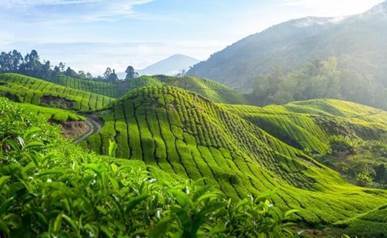
The Bharat Tea Estate produces some of the world’s favourite tea labels including Cameroon Valley, which takes its flavour inspiration from Sri Lanka and South India. Visitors can quench their thirst at the estate’s Tea House with a special high tea, and wander through the lush hilly terrain with moss-covered trees, rich wildlife, and exotic plants.
(With inputs from Booking.com for celebrating International Tea Day,)
Read More: Latest



